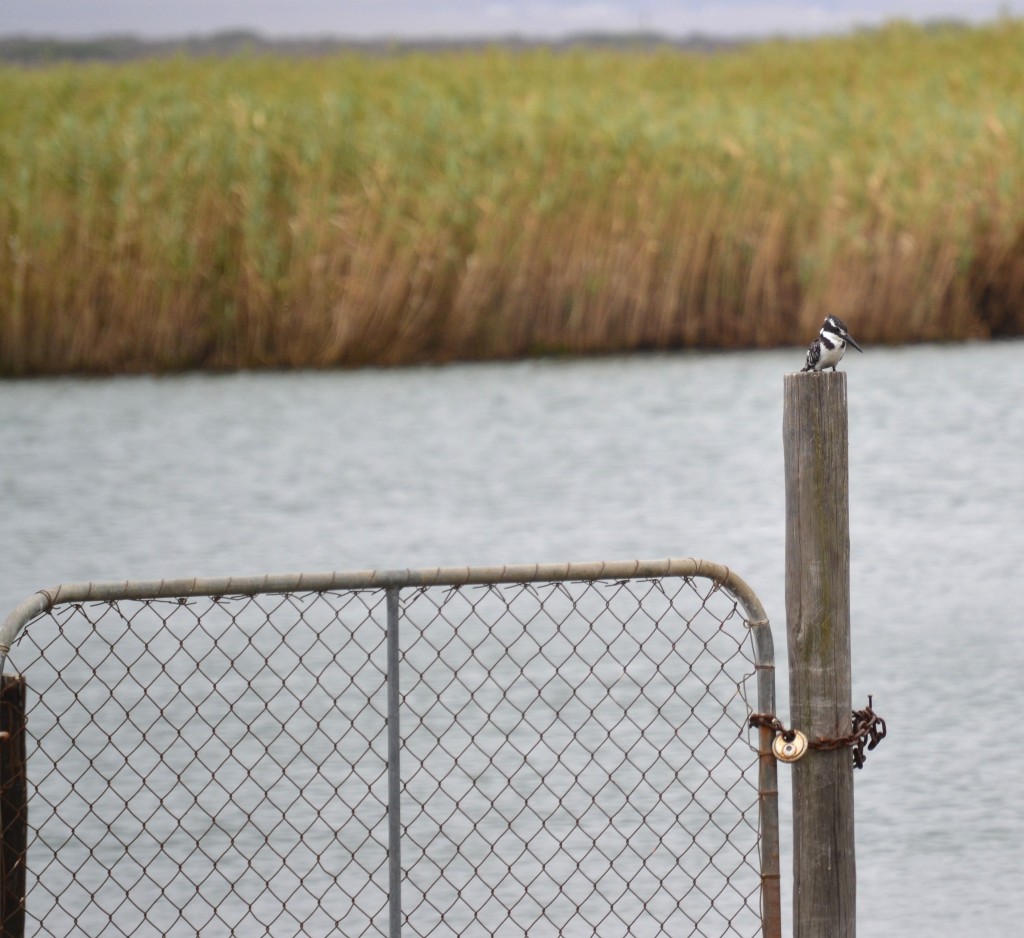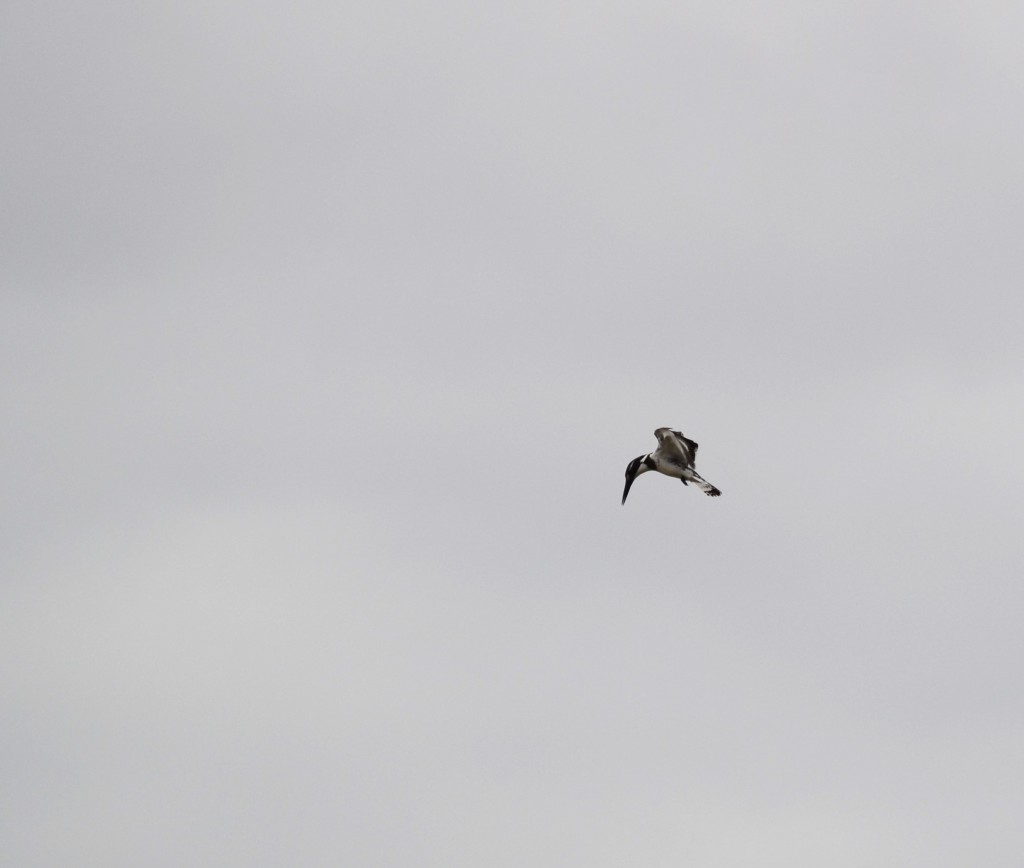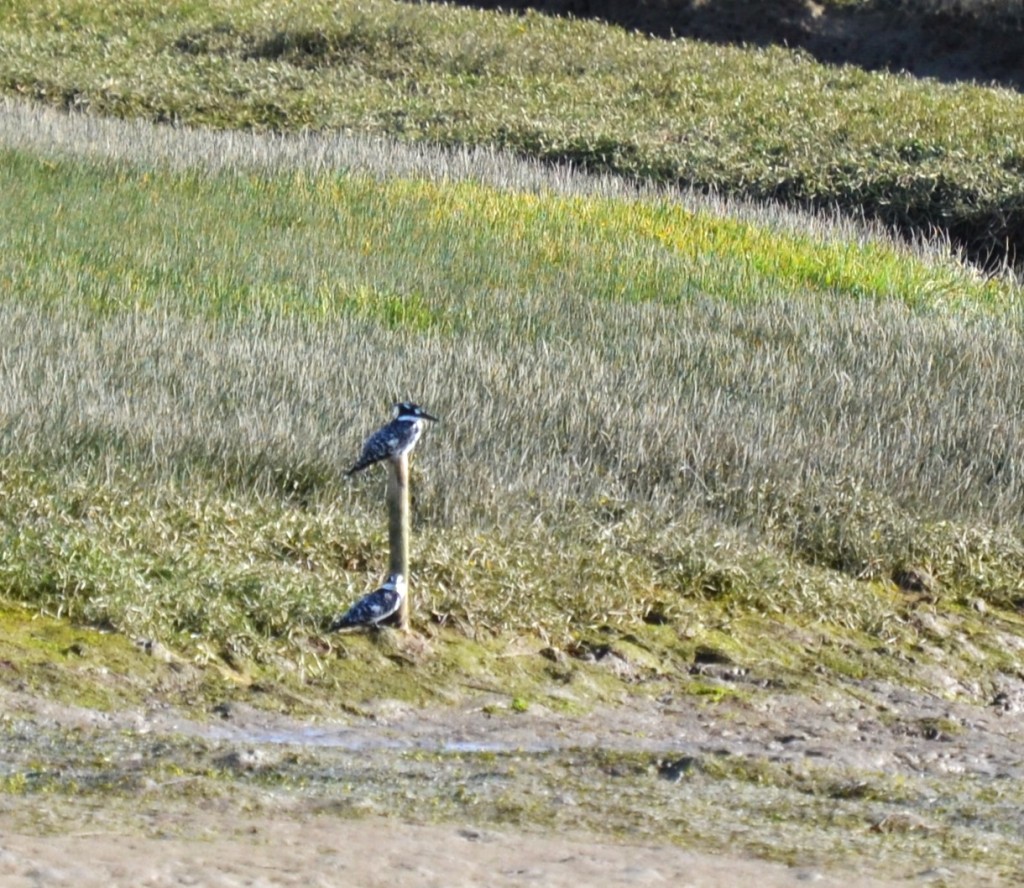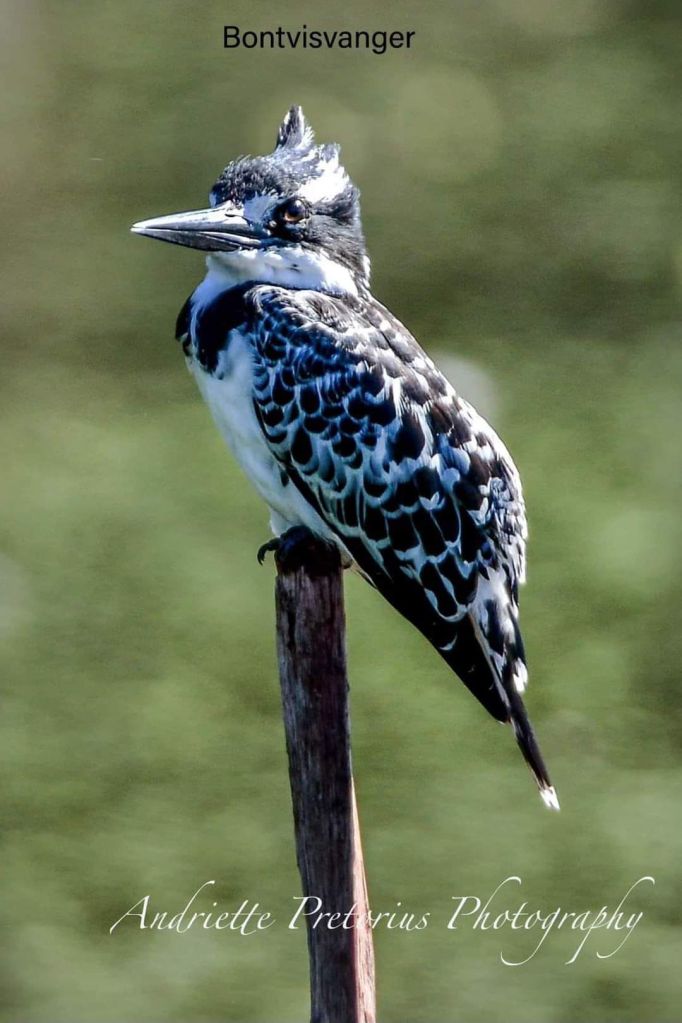

In South Africa, the common starling was introduced in 1897 by Cecil Rhodes. It spread slowly, and by 1954, had reached Clanwilliam and Port Elizabeth. It is now common in the southern Cape region, thinning out northwards to the Johannesburg area.
It is present in the Western Cape, the Eastern Cape and the Free State provinces of South Africa and lowland Lesotho, with occasional sightings in KwaZulu-Natal, Gauteng and around the town of Oranjemund in Namibia. In Southern Africa populations appear to be resident and the bird is strongly associated with man and anthropogenic habitats. It favours irrigated land and is absent from regions where the ground is baked so dry that it cannot probe for insects. It may compete with native birds for crevice nesting sites, but the indigenous species are probably more disadvantaged by destruction of their natural habitat than they are by inter-specific competition. It breeds from September to December and outside the breeding season may congregate in large flocks, often roosting in reedbeds. It is the most common bird species in urban and agricultural areas. Wikipedia


















